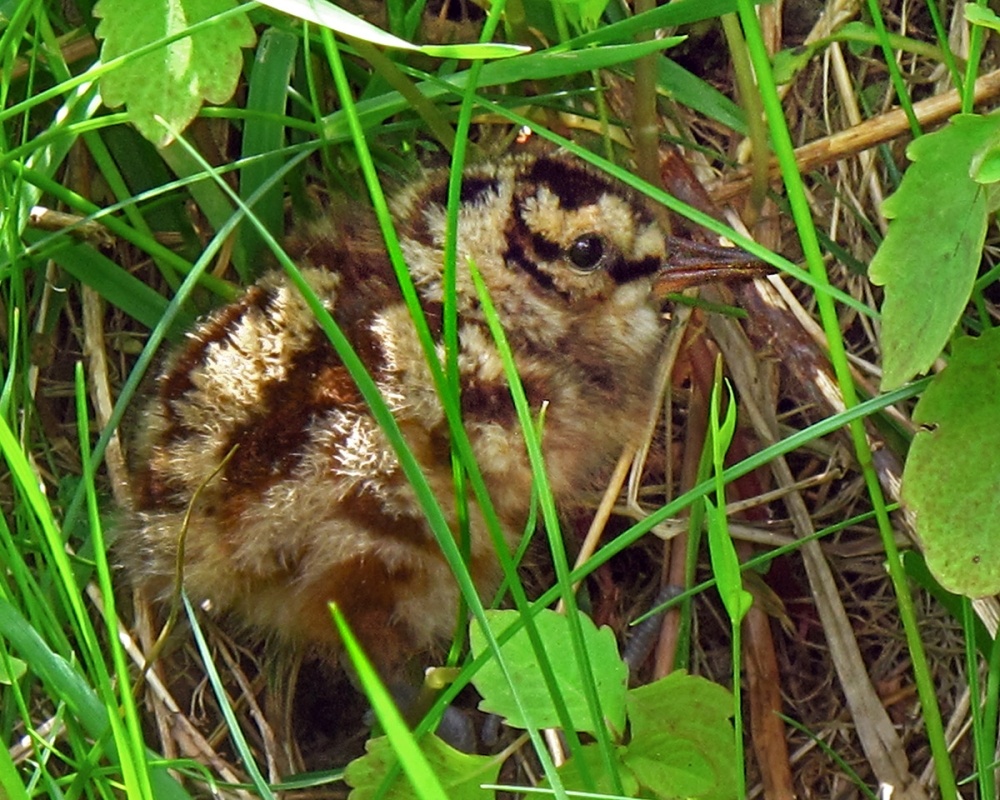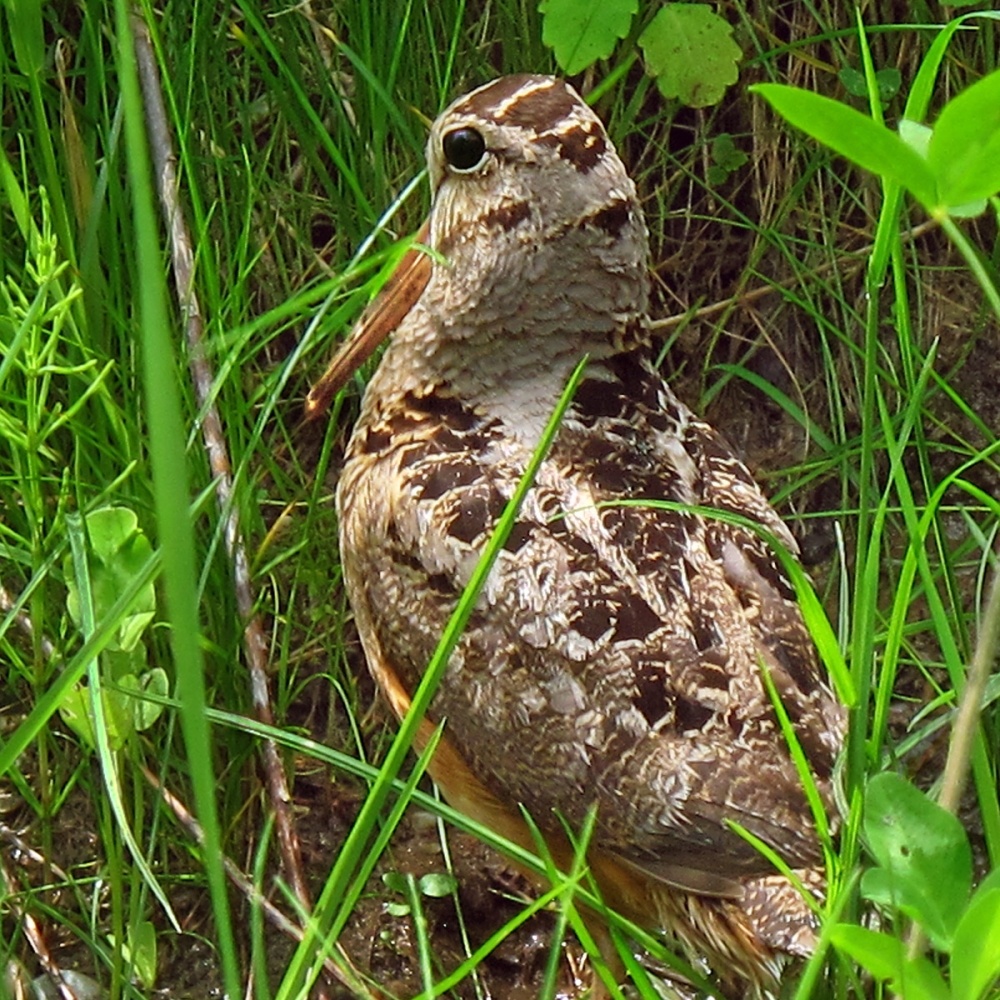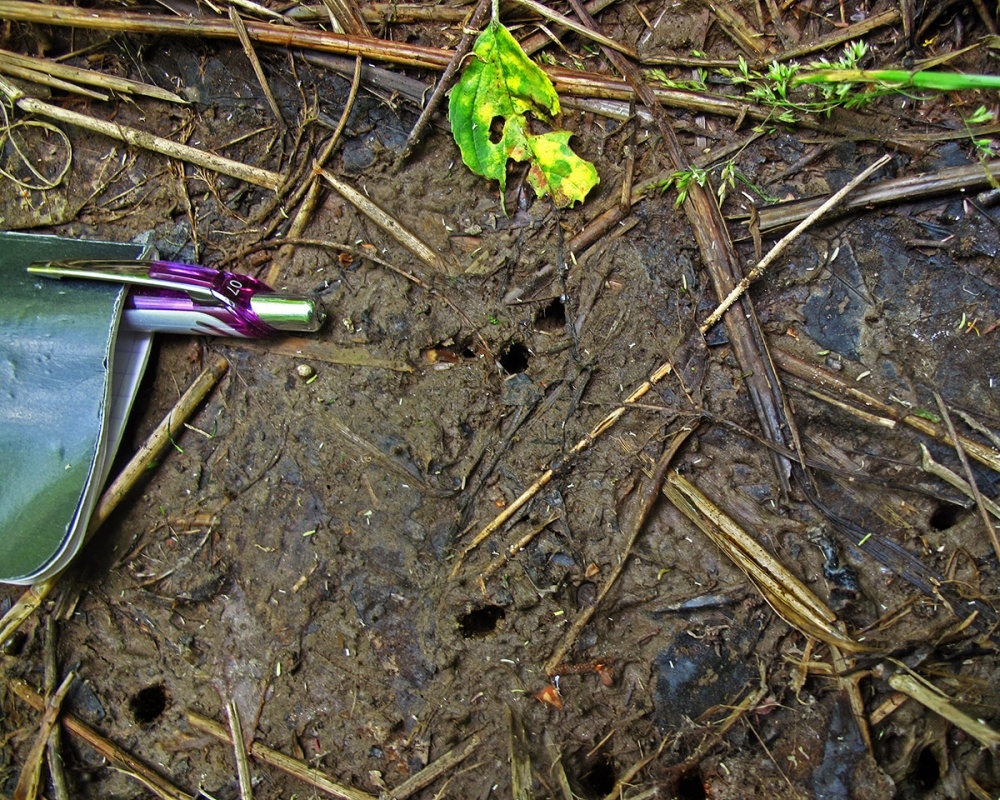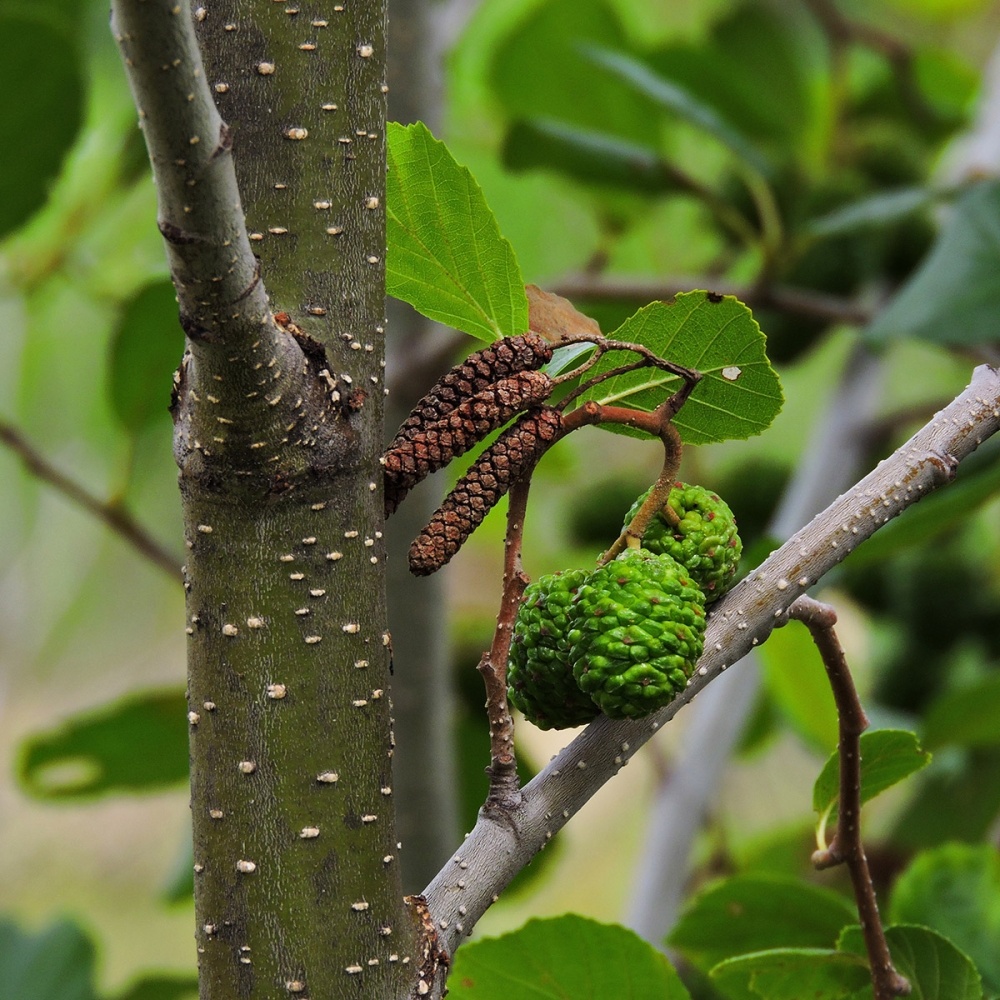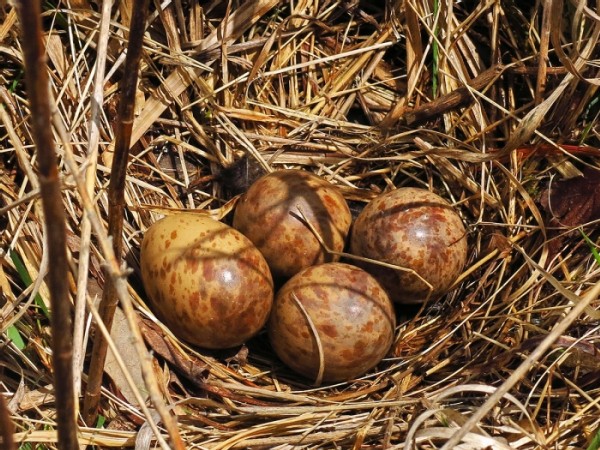
Paul, my German shepherd, saw her before I did. He pointed, and I followed his gaze to a hen woodcock conspicuously flapping on the ground. She was feigning injury and no doubt trying to lure us away from the area where we had accidentally flushed her. I implored Paul to “sit” and remain with my backpack while I crept forward and hid among the alders. Mother came back within minutes and softly called to her fledglings – three camouflaged chicks that I never would have seen had they not moved. Against a background of dark earth, pale leaves, and dappled sunlight, their concealment was perfect. Meanwhile, my would-be bird dog companion was also perfect. With cocked head and quizzical expression, he watched my activities and never moved a muscle.
